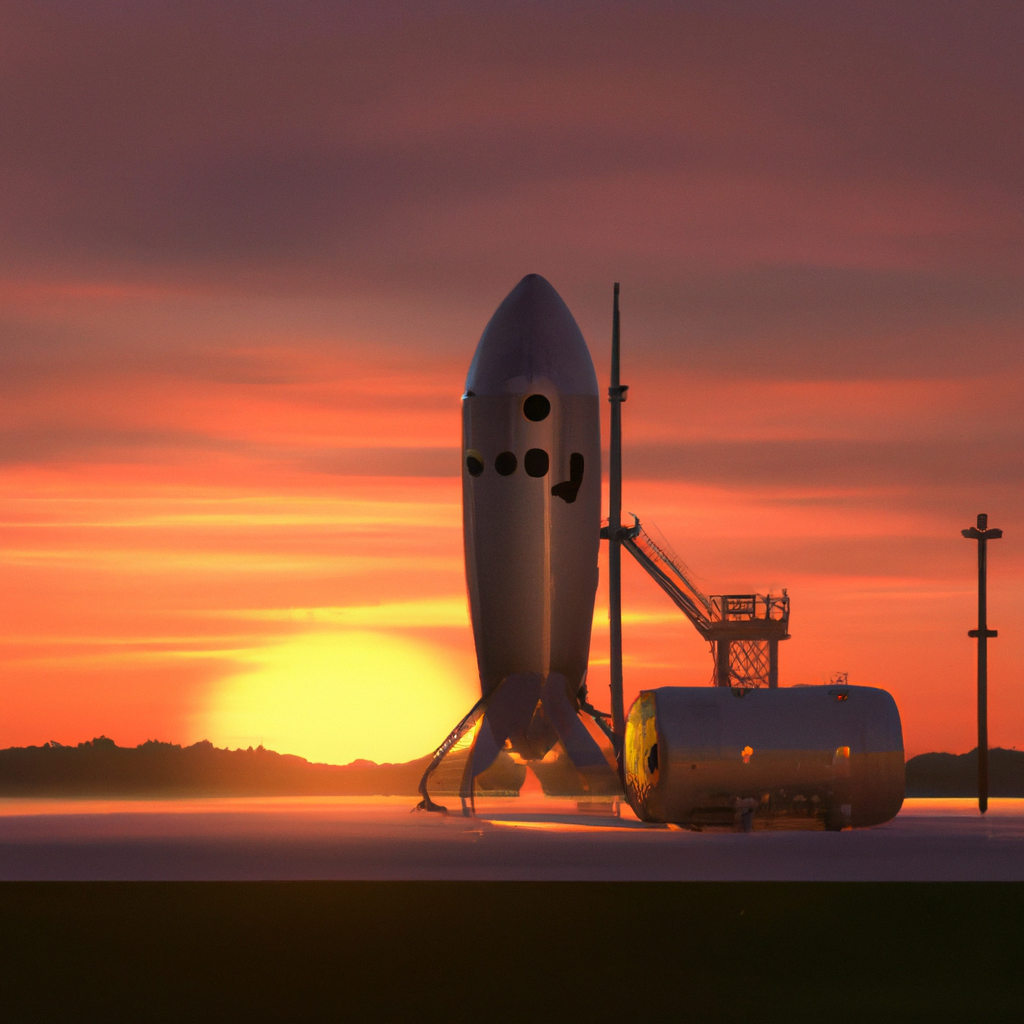The Boeing CST-100 Starliner crew has received promising news regarding their return home. Earth-based tests of the spacecraft’s thrusters, which have kept it unable to return since early June, have recently been completed. Boeing and NASA had been awaiting these test results to start planning the spacecraft’s journey back to Earth.
An update released late last week indicated, “Ground testing of a Starliner Reaction Control System (RCS) thruster at the White Sands Test Facility in New Mexico is complete, and teams are now reviewing the data. The objective of the tests was to examine thruster degradation, which will help the teams understand why certain thrusters were not operational during the flight and assess any potential impacts of restoring those thrusters for the upcoming Crew Flight Test.”
The term “de-selected” refers to thrusters that ceased to function. Prior to and during the Starliner launch, helium tanks that control the thrusters were found to be leaking, causing various delays. During a press conference last month, officials mentioned that the spacecraft holds 70 hours of helium, although it requires only seven for its return. While they indicated earlier this month that the spacecraft could return immediately if necessary, they stated they are not completely ready for that eventuality.
In the latest communication, NASA and Boeing mentioned that a return flight could occur at the end of this month. However, the timeline has now become less specific. “Boeing and NASA engineers will conduct thruster disassembly and inspections, and will proceed with finalizing flight rationale as part of the readiness reviews for Starliner’s planned return to Earth with commander Butch Wilmore and pilot Suni Williams in the coming weeks.”
